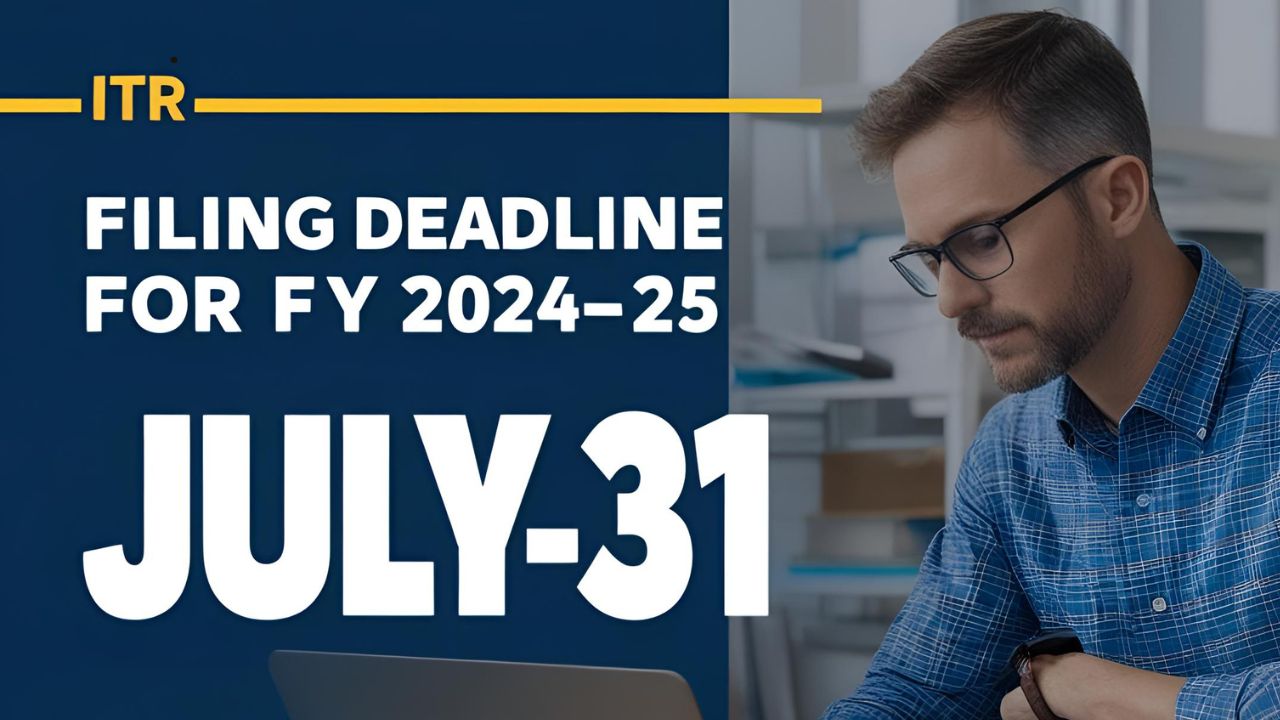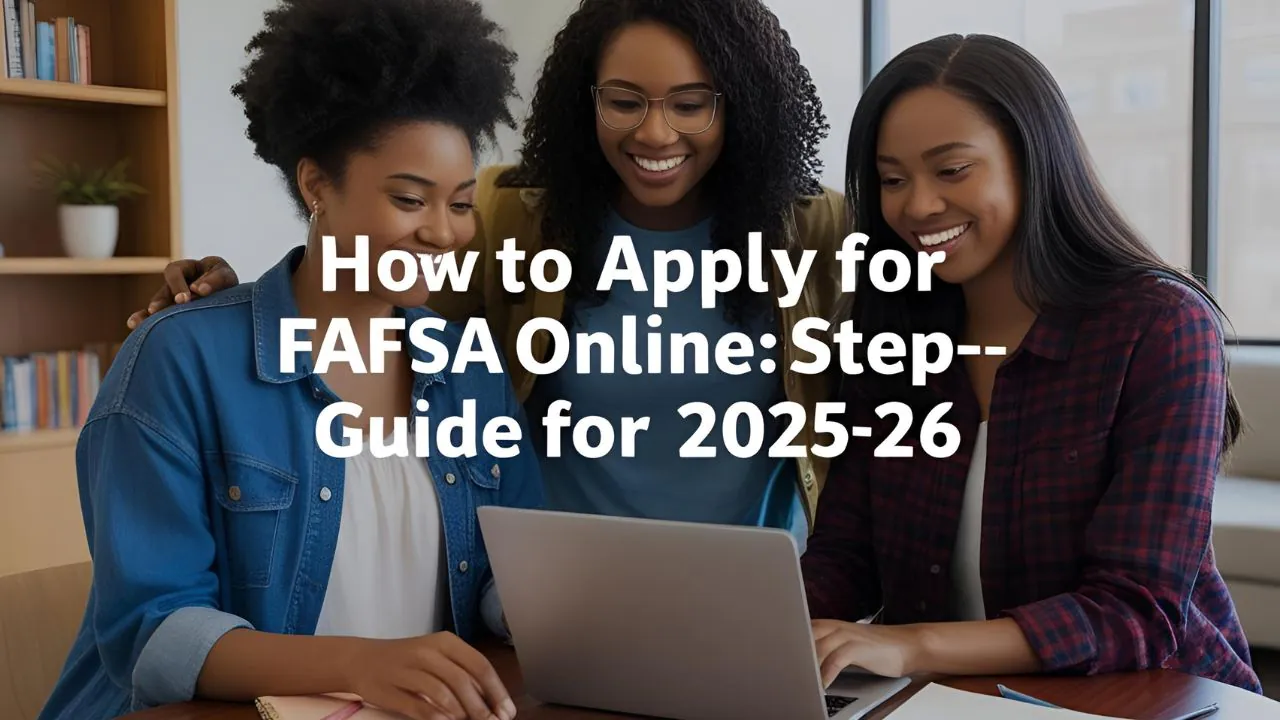With rising tuition fees, textbooks, and even living costs, pursuing higher education in the United States can be a significant financial burden for many students and their families. Fortunately, various financial aid options are available to help students manage these costs. This comprehensive guide will cover the top seven financial aid options for USA students, starting with federal grants and ending with institutional aid.
1. Federal Grants
One of the most popular financial aid options is federal grants, mainly because they do not require repayment. These grants are usually provided based on the applicant’s need for financial assistance and significantly reduce the cost of education. Some of the federally sponsored grants are listed below:
- Pell Grant: Awarded to undergraduate students with exceptional financial need. The maximum grant amount varies per annum.
- Federal Supplemental Educational Opportunity Grant (FSEOG): This program provides supplemental assistance to Pell Grant recipients with the greatest financial need.
- TEACH Grant: This grant is given to students who wish to become teachers in high-need areas in low-income regions. Recipients are subject to a teaching service obligation to maintain eligibility, which safeguards the grant from transforming into a loan.
To obtain federal grants, students must complete the Free Application for Federal Student Aid (FAFSA). It is essential to apply as early as possible since some grants operate on a first-come, first-served basis.
2. Federal Student Loans
Federal student loans represent another common avenue of financial aid. Referred to as “student loans,” this aid differs from a grant. Loans (or Negative Equity) are an institution’s debt issued, which must be paid back with interest. Still, interest on federal loans is typically lower than private loans, and repayment options are generally more flexible. The primary categories of federal student loans are:
- Direct Subsidized Loans: Granted to undergraduate students with a financial need. While the student is enrolled at least half-time, the government pays the interest portion of the loan.
- Direct Unsubsidized Loans: These loans are offered to undergraduate and graduate students without any financial need prerequisite. Interest is charged during schooling and is compounded.
- Direct PLUS Loans: These loans are Available for graduate students and parents of dependent undergraduates. A credit check is necessary.
Before seeking federal loans, students must evaluate their borrowing threshold while considering repayment strategies, such as income-based repayment plans and forgiveness opportunities.
3. Scholarships
Scholarships are among the most popular forms of financial aid since they do not need to be paid back. They are awarded based on need, merit, athleticism, or other parameters. Common types of scholarships include:
- Merit-Based Scholarships: Granted for driven academic, community, or leadership engagement.
- Need-Based Scholarships: Awarded due to financial circumstances.
- Athletic Scholarships: Granted to student-athletes excelling in a specific sport.
- Minority Scholarships: Directed to students from underrepresented demographic groups.
Scholarship seekers can be found via scholarship databases, local sponsoring organizations, and college financial aid offices. To improve winning opportunities, applicants should customize their essays and applications to align with each award’s guidelines.
4. Work-Study Programs
Work-study programs offer students part-time jobs to offset their educational costs. The Federal Work-Study Program offers employment to qualified students with a demonstrated financial need. These jobs are often tied to the students’ area of study and can be either on campus or off campus.
Work-study positions are made available to students who have already completed FAFSA and expressed interest in work-study opportunities. Obtaining a work-study position can help mitigate student loan debt and simultaneously assist in building a student’s professional resume.
5. Financial Aid by the State
Some programs support students by blending state financial aid with federal aid. State residents can apply to a college or university within the state of their residency. Examples of these state grants and scholarships include:
- Cal Grant (California): Grants are awarded based on financial need to low-income residents of California.
- New York TAP (Tuition Assistance Program): Grants are awarded to qualifying residents of New York attending college in New York.
- HOPE Scholarship (Georgia): Awarded to Georgia residents who achieve specific academic benchmarks.
Students can type “financial aid programs” along with their states to gain access to the official government education department and look for grants. Each state has different deadlines and eligibility criteria.
6. Private Student Loans
Private student loans are available through banks, credit unions, and online lenders to students who need more help than what is sponsored federally or at the state level. They usually have higher interest rates than federal loans. Other important considerations include:
- Interest rates (fixed vs. variable)
- Repayment Terms and Conditions
- Credit Requirements
- Co-Signer Policies
Students should obtain private loans only after securing federal loans and must shop around multiple lenders to get the best rates and terms.
7. Institutional Aid
Colleges and universities offer institutional aid, which comprises grants and scholarships given directly by the institution and work-study programs. It is commonly awarded based on academic achievement, financial need, or both.
To receive institutional aid, students must complete the FAFSA and other forms mandated by the institution. Steady Aid Academic Progress (SAP) is usually required to maintain aid for the duration of the program.
Conclusions
Dealing with financial aid can be stressful, but knowing what grants, scholarships, work-study programs, and even loans are offered makes paying for college much more manageable. Federal grants, work-study programs, private loans, scholarships, and institutional aid allow students to strategically combine financial resources to meet all of their educational needs. Beginning early with comprehensive research and working alongside advisors will significantly decrease long-term debt.
You may read this: CryptoBubbles vs CoinMarketCap: Which One Offers Better Insights About The Market?















